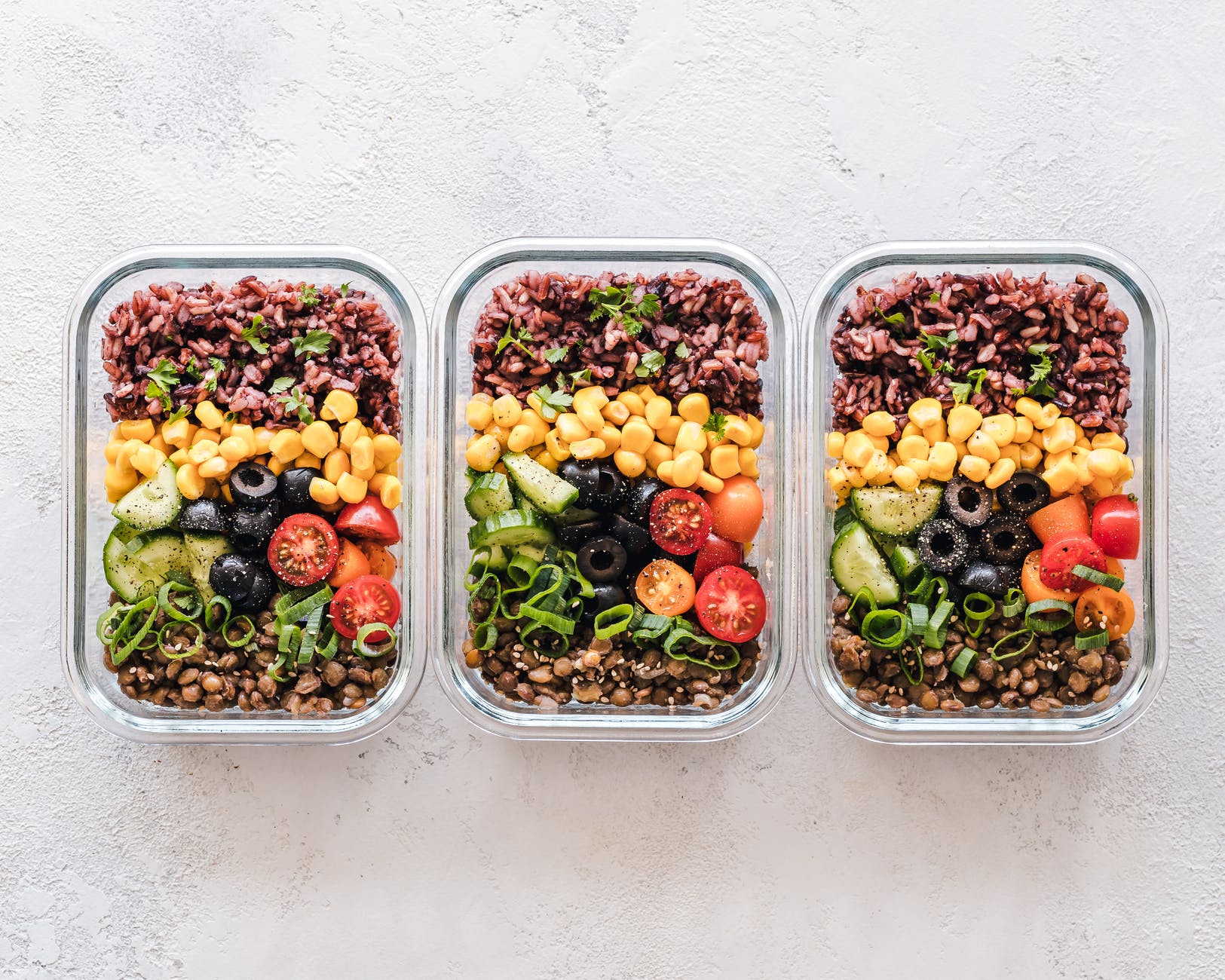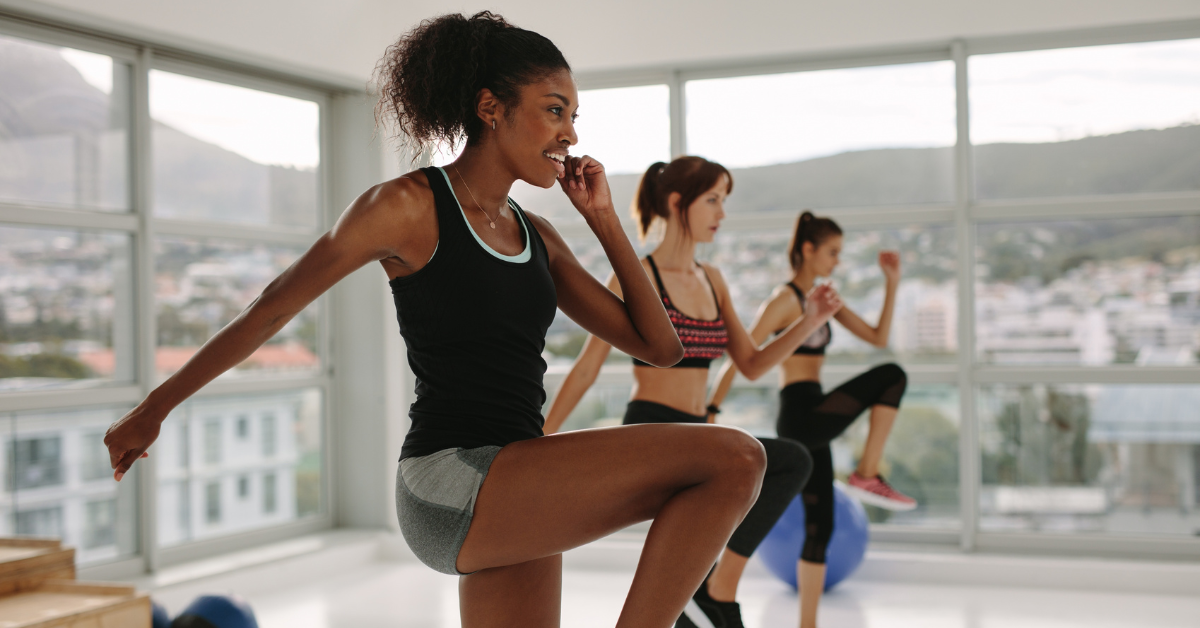Celebrate National Physical Fitness & Sports Month, whether you’re a beginner or a seasoned pro. Discover the importance of physical activity, learn about sports nutrition, and get tips to stay active and healthy.
May is National Physical Fitness and Sports Month, promoting physical activity and healthy habits across the United States. This initiative encourages all Americans, including those with disabilities, to engage in fitness activities [1].
Physical activity is essential for everyone’s health, helping us improve our cardiovascular health, muscle strength, and flexibility, especially as we age where our body naturally starts deteriorating and relies on our disciplines and lifestyles to maintain its muscle mass and bone density.
The Dietary Guidelines for Americans recommends that healthy adults engage in at least 150 minutes of moderate-intensity aerobic activity or 75 minutes of vigorous-intensity aerobic activity per week, along with muscle-strengthening activities on two or more days per week. More importantly, we’ve come to learn that sedentary activities (like watching TV or playing video games, sitting at a computer for hours on end, or traveling over long periods of time) can increase our risks of heart disease, cancer, high blood pressure, and osteoporosis depression. Being sedentary can also negatively impact our mental health as well [2].
Embracing Variety and the Power of Personalized Fitness
As a registered dietitian, I understand that physical activity is just as important as a balanced diet when it comes to overall health and well-being. While I’m not a personal trainer, I recognize that finding the right type of movement for you can make all the difference in your fitness journey.
If you’re managing an injury or living with a physical disability that limits your mobility, the following might be more appropriate [3]:
- Chair Exercises: Chair exercises are ideal for limited mobility, focusing on seated movements like arm lifts, leg extensions, and seated marches to improve strength and flexibility.
- Water Exercises: Water aerobics and swimming provide low-impact workouts that improve cardiovascular health and muscle strength. Water’s buoyancy reduces strain on joints.
- Resistance Band Training: Affordable and effective, resistance bands can be used for exercises like bicep curls and leg presses to build strength.
- Tai Chi and Yoga: These low-impact activities enhance balance, flexibility, and strength, improving overall mobility.
- Walking and Wheelchair Exercises: Tailored walking programs and wheelchair-based exercises can be personalized to fit individual mobility levels, promoting cardiovascular fitness and muscle tone.
The beauty of physical activity is that it comes in many forms, and there’s something for everyone. Whether you’re a fitness enthusiast or just starting on your path to a more active lifestyle, here are some diverse ways to get moving:
- Dancing: Whether it’s a high-energy Zumba class or dancing around your living room to your favorite tunes, dancing is a fantastic way to have fun while staying active.
- Yoga: Yoga not only improves flexibility and strength but also promotes relaxation and mindfulness. It’s a holistic approach to wellness.
- Outdoor Adventures: Hiking, biking, kayaking, or simply taking a leisurely stroll in nature can be incredibly invigorating.
- Group Sports: Joining a sports league or playing a friendly game of basketball, soccer, or tennis with friends can add a social dimension to your fitness routine.
- Home Workouts: If you prefer the comfort of your own space, there are countless online workout routines and apps that offer guided exercises you can do at home.
- Strength Training: Building muscle through weightlifting or bodyweight exercises not only makes you stronger but also boosts your metabolism.

Finding Your Passion
The key to long-term fitness success is finding a physical activity that you genuinely enjoy. When you love what you’re doing, it’s no longer a chore, but a rewarding and uplifting part of your day. It becomes something you look forward to, not just for its physical benefits but for the mental and emotional rewards as well.
Ask yourself, “What’s my favorite way to move?” Is it a heart-pumping dance session, a serene yoga practice, or something entirely different? There’s no right or wrong answer; it’s about what resonates with you. When you discover the joy in movement, you’ll be more motivated to stay active and make it an integral part of your healthy lifestyle.
The best workout is the one you’ll stick to, but we’re not always the same person everyday with the same motivation in mind, so explore, experiment, and find what works best for you. If you need more guidance, check out our podcast interview with fitness enthusiast and fellow dietitian, Sonia Ahuja, who shares how she sets up different go-to routines for her high- and low-energy days.

What to Eat and When
Depending on how often and how much you’re moving throughout the day, it’s important and even critical to replenish your stores and keep hydrated.
- Aerobic exercises (e.g., running, cycling) – On high-energy cardio days, where your heart and lungs are pumping, it’s best to base your meals around complex carbohydrates (whole grains, fruits, vegetables) for immediate sources of energy [4].
- Strength training (e.g., weightlifting, resistance exercises) – If you’re pumping iron and building up those muscles (while simultaneously causing little muscle tears in the process), you’re going to need lots of protein-rich foods, like lean meats, fish, eggs, and dairy products after your workout to support muscle repair and growth [5].
- Flexibility exercises (e.g., yoga, stretching) – On days that are a little lighter where you’re focusing on balance and flexibility, consider hydrating fruits and vegetables, nuts, and seeds.

Recognize the Triggers
Eating disorders (such as anorexia, bulimia, ARFID, and orthorexia) and disordered eating patterns are prevalent in sports and fitness, especially in cases where an athlete needs to compete or “make weight” [6]. Some of the most common warning signs and symptoms are:
- Restrictive Dieting: Extreme limitation of food intake, focusing on low-calorie or specific types of foods.
- Excessive Training: Engaging in prolonged and intense exercise sessions beyond what is recommended for their sport, often skipping rest days.
- Body Image Concerns: Obsession with weight, body shape, and body composition, often seeking a slimmer physique.
- Frequent Injuries: Recurring injuries or stress fractures due to overtraining and inadequate nutrition.
- Preoccupation with Food: Constantly thinking about food, calories, and meal times.
- Social Withdrawal: Avoiding social situations involving food or changes in behavior and mood.
- Performance Fluctuations: Unexplained changes in athletic performance, such as decreased endurance, strength, or speed.
- Gastrointestinal Issues: Complaints of stomach pain, constipation, or other digestive problems.
- Hormonal Imbalances: In females, irregular or absent menstrual periods; in males, decreased libido and other symptoms of hormonal disruptions.
- Use of Supplements: Overuse or misuse of diet pills, laxatives, or other performance-enhancing substances.
As a dietitian, especially on campus in my college’s student health center, I am sometimes limited in how to intervene when I recognize signs for athletes or fitness enthusiasts struggling with eating disorders. In these cases, it would be important to take a multidisciplinary approach to address both the physical and psychological aspects with these conditions, especially involving a therapist and dietitian colleague who are experienced in treating eating disorders. It would also be crucial to regularly monitor the athlete’s progress with their treatment team to ensure they are adhering to their nutrition plan and therapy, making adjustments as needed. Additionally, it would benefit the athlete to re-evaluate their training regimen to ensure it promotes health and well-being, avoiding excessive exercise that could exacerbate the eating disorder as well as providing the necessary support needed for this person to manage and recover from their disorder [7].
Next Steps
If you’re already an active person, check out our post on how to make the most of your workouts, including creating a realistic meal plan and a balanced diet to fuel your performance. If you’re just starting out, or picking up from where you left off a while ago, there’s a blog post for you, too!
Find and follow these sports dietitians on Instagram for more insight into fitness and food:
- Jessica Isaacs
- Kelsey Pontius
- Adam Ross (fun fact: Adam was my intern many years ago and one of my first podcast guests)
- Susan Juray (click here to check out Susan Juray’s story on the DishWithDina podcast)
Disclaimer: Always seek the advice of your physician or other qualified health provider with any questions you may have regarding a medical condition. It is essential to obtain clearance from your healthcare professional before starting any new exercise regimen, especially if you have any underlying health issues or are taking medications. The information provided in this post is not intended to replace professional medical advice, diagnosis, or treatment. Participation in any exercise program carries inherent risks.
References
- health.gov – Move in May and Celebrate National Physical Fitness & Sports Month
- https://www.ncbi.nlm.nih.gov/pmc/articles/PMC7700832/
- https://www.cdc.gov/ncbddd/disabilityandhealth/features/physical-activity-for-all.html
- issaonline.com – Endurance Athlete Diet: What to Eat for Optimal Performance
- thorne.com – 3 Considerations for Endurance and Strength
- https://jeatdisord.biomedcentral.com/articles/10.1186/s40337-020-00323-2
- https://www.ncbi.nlm.nih.gov/pmc/articles/PMC4911228/



0 Comments